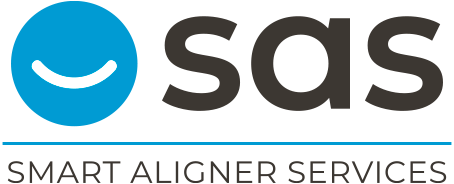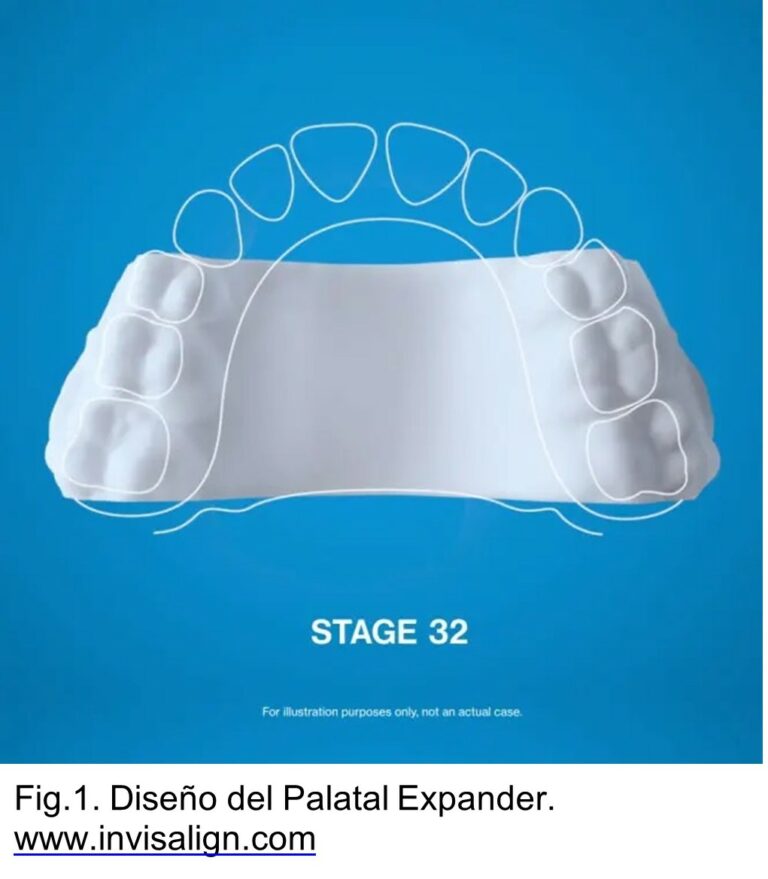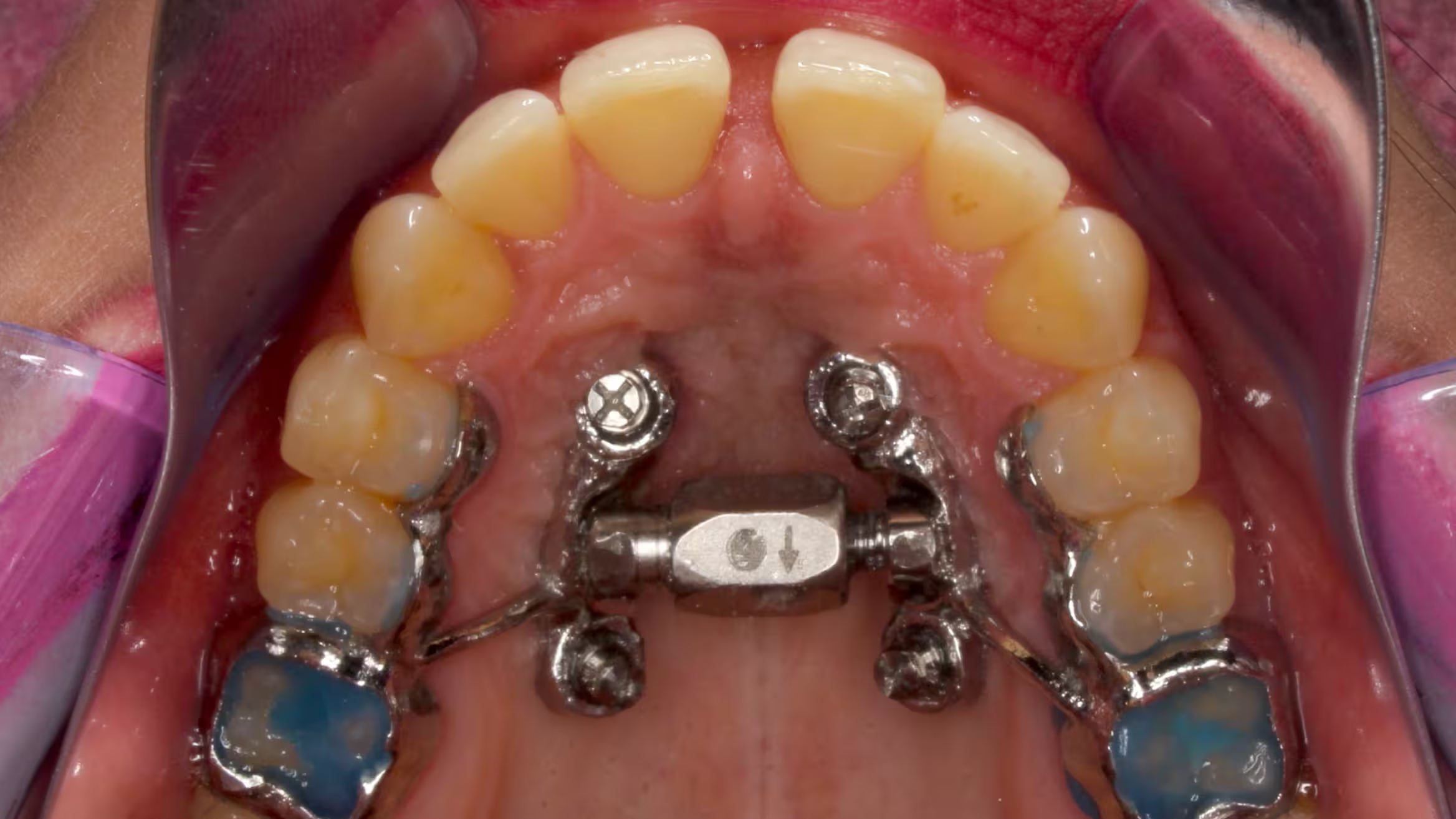
MARPE: Is there an age limit for placement?
Introduction: Understanding Maxillary Compression
The jaw compression is a relatively frequent problem to see in our daily practice. This osseodental discrepancy can be treated in different ways depending on the severity of the discrepancy and, of course, depending on the patient's age. In fact, we usually use age as a reference to roughly determine the maturation of the sutures, but... have you ever wondered if this approach is accurate?
Among the treatments available to resolve maxillary compression, in addition to dentoalveolar compensation, we can use devices such as Hyrax and McNamara type disjunctors, MARPEs or surgical treatment (SARPE) in patients with a fused suture.
Sutural Maturation and Age Considerations
The maturation of the palatal suture is the main reference or "guide" that we will use to establish the most appropriate treatment for that patient. If we review the studies on this subject, we can see that there is a certain association between the level of maturation of the suture and the age of the patient, but this association does not hold true for all individuals equally. We can find 15 year old patients with a completely fused suture and we can find 50 year old patients with a partially open suture. Another detail to take into account is that this is not the only suture that we have to separate to achieve a disjunction, but there are more sutures to take into account: the circummaxillary sutures. The analysis of these sutures is more complex, so in this case we will be guided by the patient's age to establish their approximate maturity.
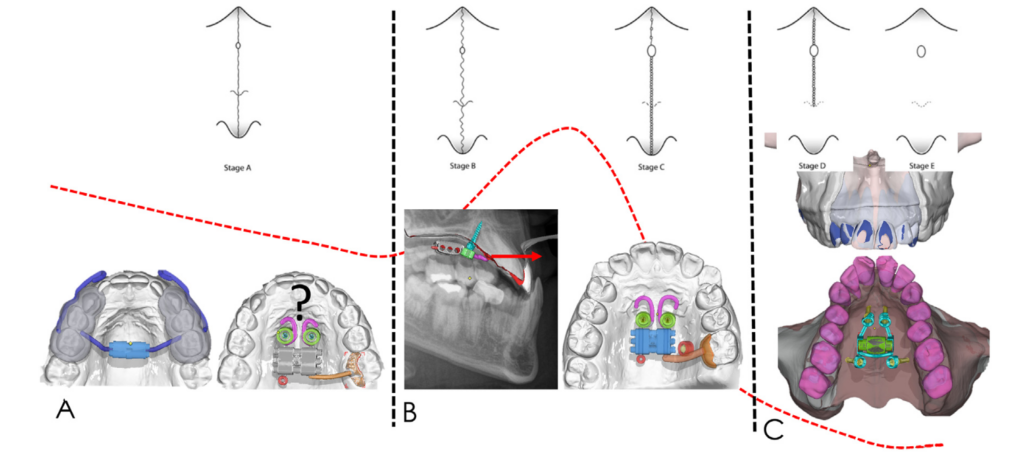
Classification of the different stages of sutural maturation (A-3) in relation to the patient's growth.
Bone and Tooth Supported Circuit Breakers: Selection by Maturity
What can we deduce from this? That the decision to install a grounded circuit breaker, to place a MARPE or surgery is not easy, because it is always accompanied by a certain degree of uncertainty, even if we analyse the suture. That is why CBCT becomes a key test for these treatments. Depending on the state of maturation of the suture, we can determine which option is recommended. If the patient has a suture in stage A or B, which is usually present in patients between 6 and 12 years of age, with a tooth-supported disjunctor, we will be able to achieve adequate dental expansion. When we enter more advanced stages, such as stage C, an osseous-supported disjunctor will give us a greater guarantee of expanding the maxilla. This stage of maturation usually appears in the post-pubertal period. Stages D and E, which are more common in adults, are the most advanced and even with a MARPE we will not always be able to achieve expansion.
MARPE in Children and Adults: Age Considerations
In some cases, where the patient presents an early stage of maturation, the MARPE will also be the treatment of choice: if we are treating a maxillary hypoplasia in a skeletal Class III patient, the MARPE This offers numerous advantages compared to a dentosupported circuit breaker. The MARPE allows a skeletal anchorage to be obtained, achieving better control of the expansion, reducing the undesired effects on the teeth where a tooth-supported disjunctor would rest (vestibular overturning of the crowns and the possible recessions or dehiscences associated with them due to the loss of thickness of the vestibular cortex).
In addition, the maxillary traction will have a greater effect on the maxilla and less mesialisation and proinclination of the upper incisors thanks to this skeletal support, which will have a positive effect on the aesthetics of the patient's smile. For this reason, we should not be "afraid" to place a MARPE in a child with a Class III, as doing a maxillary traction with bone support will be more beneficial for the patient in the medium to long term.
In cases of adult patients with maxillary hypoplasia we may also have doubts. We have already seen that there is no age limit, as age does not always correlate with the maturation of the suture. As an estimate, we could say that between 20-30 years of age it is feasible to treat a patient with MARPE and that, statistically, those over the age of 30 are statistically less likely to be affected by the MARPE function. If we combine this data with the analysis of suture maturation with CBCT, reviewing several slices at different heights, we will achieve a more accurate diagnosis and, therefore, a more accurate treatment strategy.
Conclusions and Recommendations
The MARPEs are devices that cannot be fitted lightly, as they will cause bone changes in very delicate structures. For this reason, although we cannot guarantee our treatments, it is advisable that we make an effort to carefully analyse each case in order to reduce as far as possible all the risks that may arise when these devices do not work.
If you want to know more information about maxillary impaction and how to treat it, don't hesitate to find out about the SAS Methodwhere you can become an expert in invisible orthodontics!
Guglielmo B et al. A clinician's perspective on indications and failures of bone-borne maxillary expanders. Seminars in Orthodontics (2023) 1-7.
Share this post:
Other entries
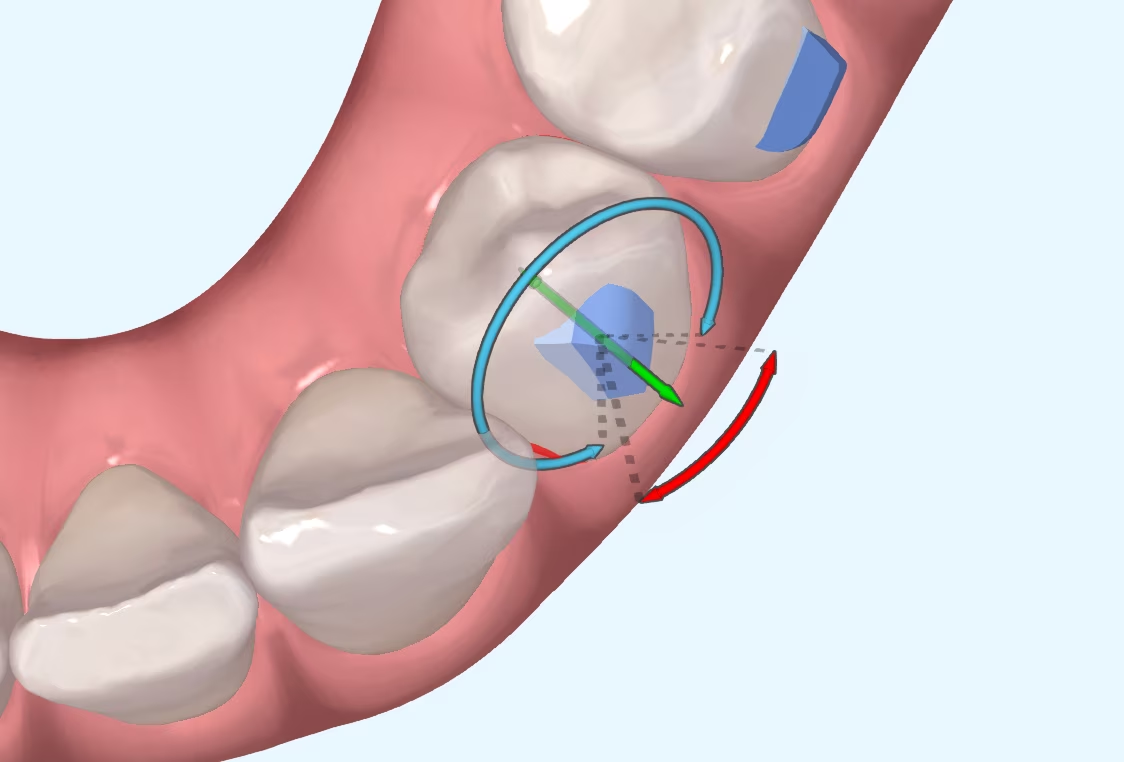
Which attachments are better for premolar rotation?
I suppose many of you are familiar with the myth of Achilles, the Greek hero who was immersed as a child in the River Styx by his mother in order to make him
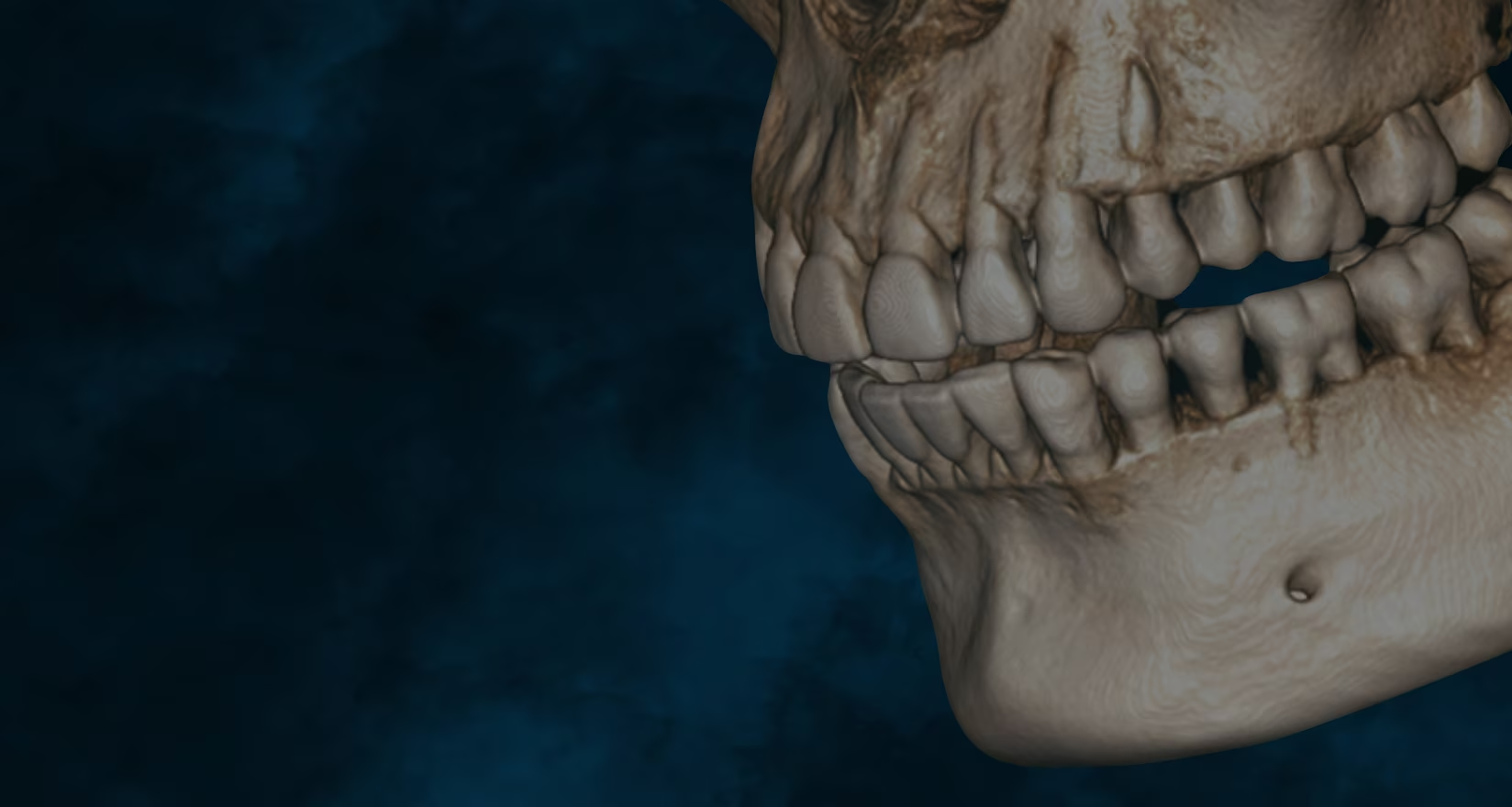
Has CBCT been a step forward in dentistry?
What is CBCT? CBCT is a medical imaging technique that uses a special type of computed tomography (CT) scan to obtain three-dimensional images.
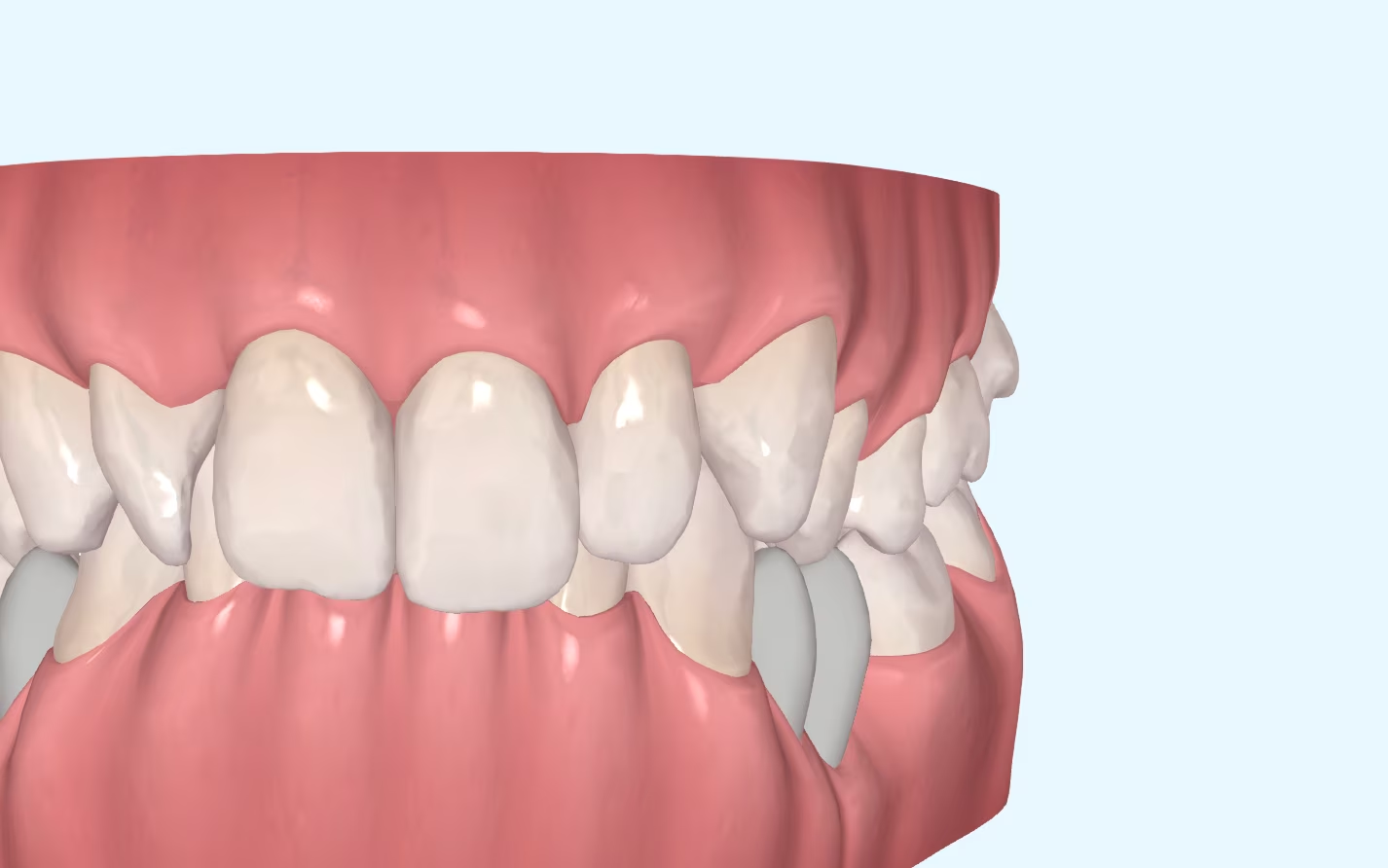
Mastering the Overbite: Strategies and Challenges:
Challenges of Overbite In the more than 20 years that we have been working with invisible orthodontics, we have gone from considering some malocclusions "impossible" to daring to

Are we aware of what we are doing?
It is not a question to make us feel guilty. It is only a question that invites us to reflect, to think about the impact we can have in

MARPE: Is there an age limit for placement?
Introduction: Understanding Maxillary Compression Maxillary compression is a relatively common problem seen in our daily practice. This osseodental discrepancy that presents the
